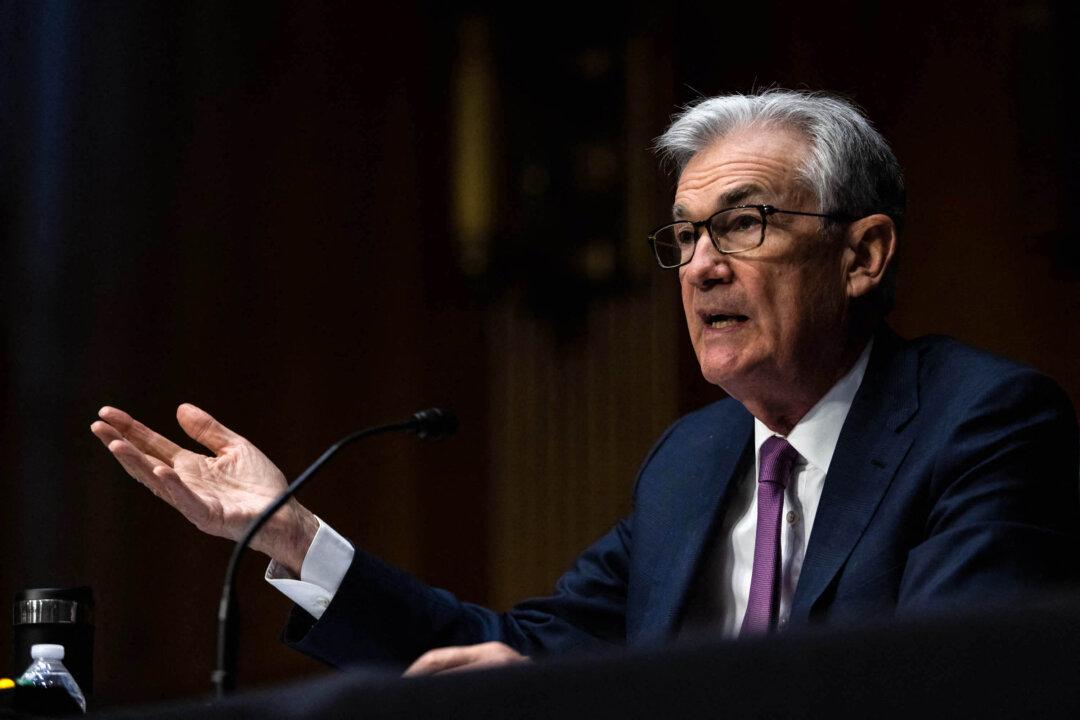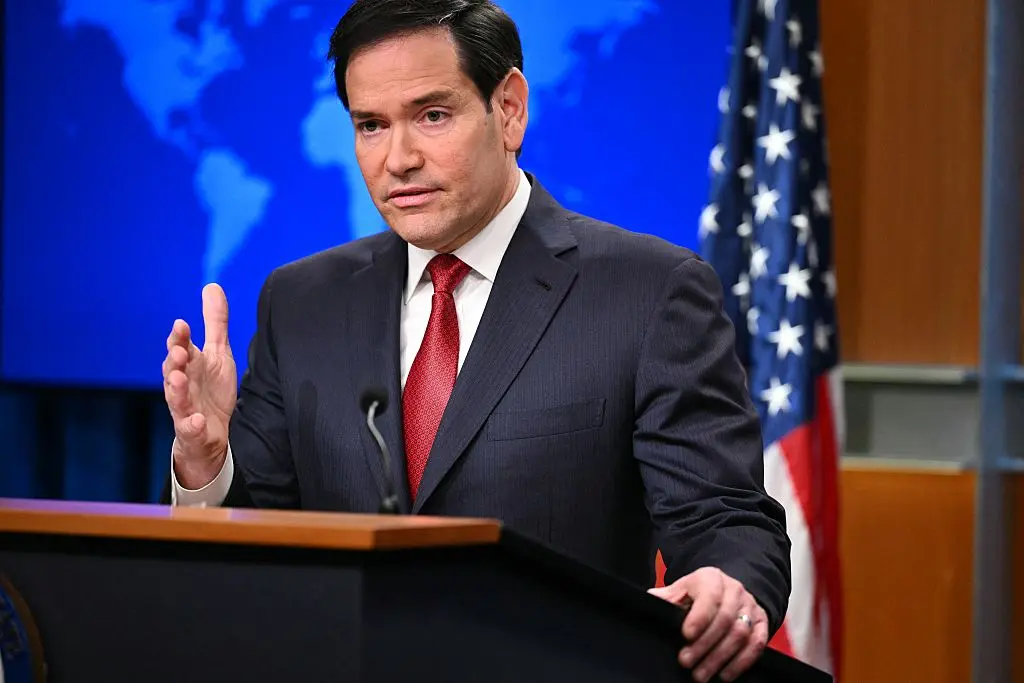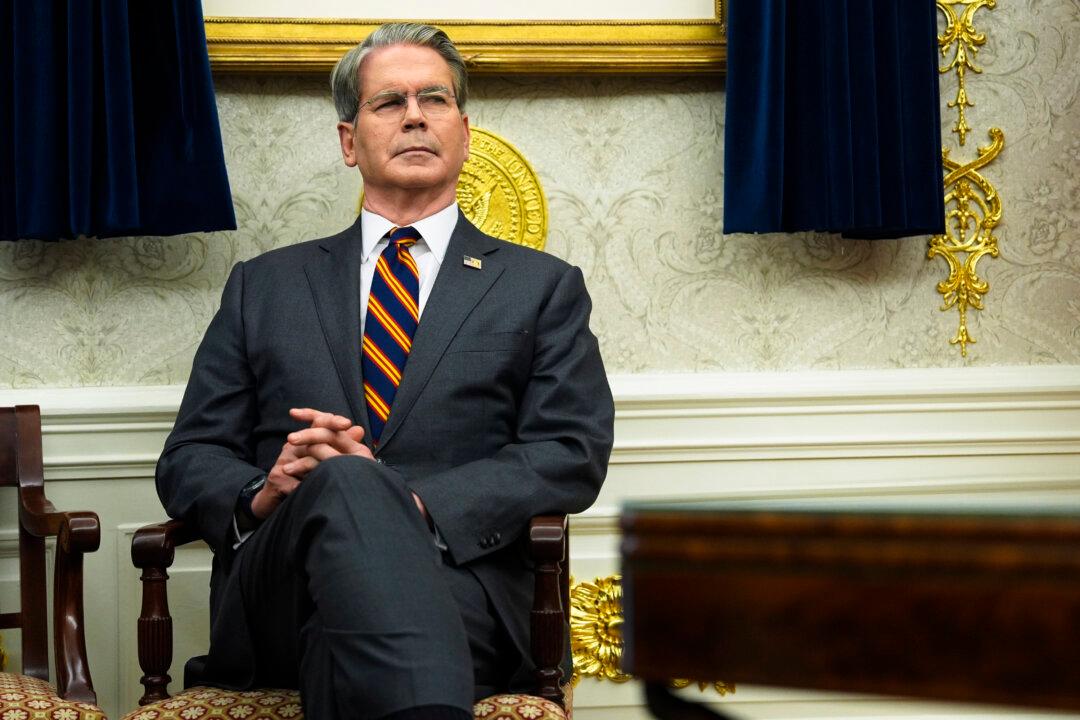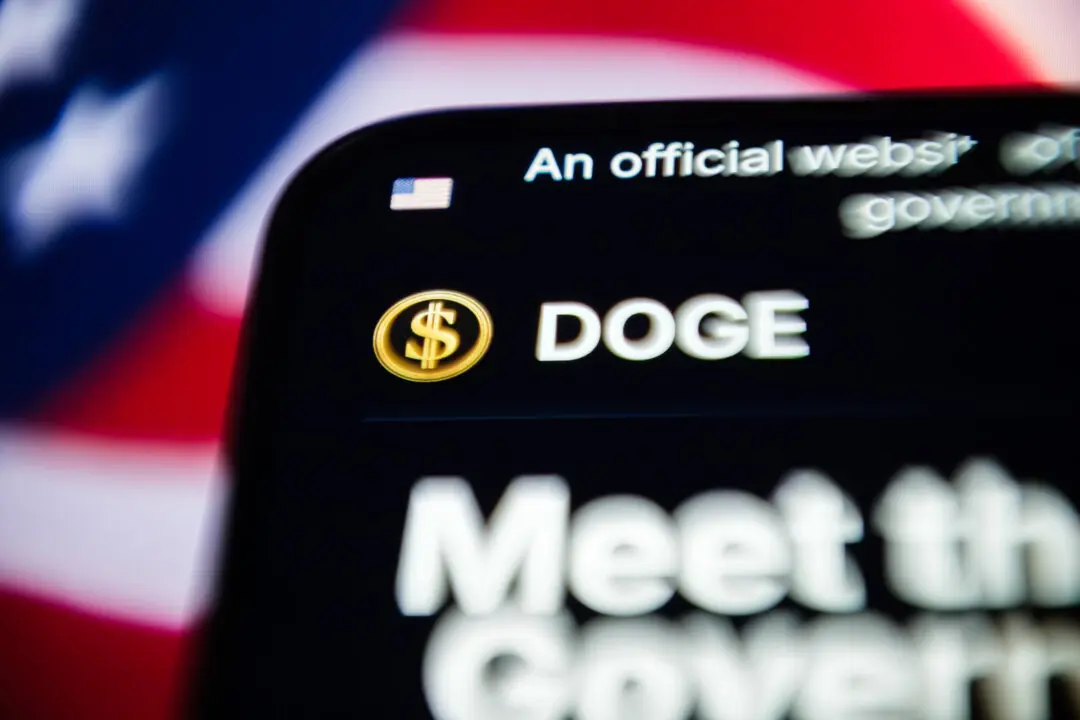Federal Reserve Chair Jerome Powell told lawmakers on Wednesday that the central bank is on track to raise interest rates at its next policy meeting in two weeks, with the Fed chief citing high inflation, robust growth, and an “extremely tight” labor market, while noting that the war in Ukraine was injecting high uncertainty into the economic outlook.
Powell made the remarks in testimony before the House Financial Services Committee on the occasion of the release of the semiannual Monetary Policy Report to Congress, which noted that recent geopolitical tensions related to Russia’s invasion of Ukraine were a “source of uncertainty” in commodity and financial markets.





